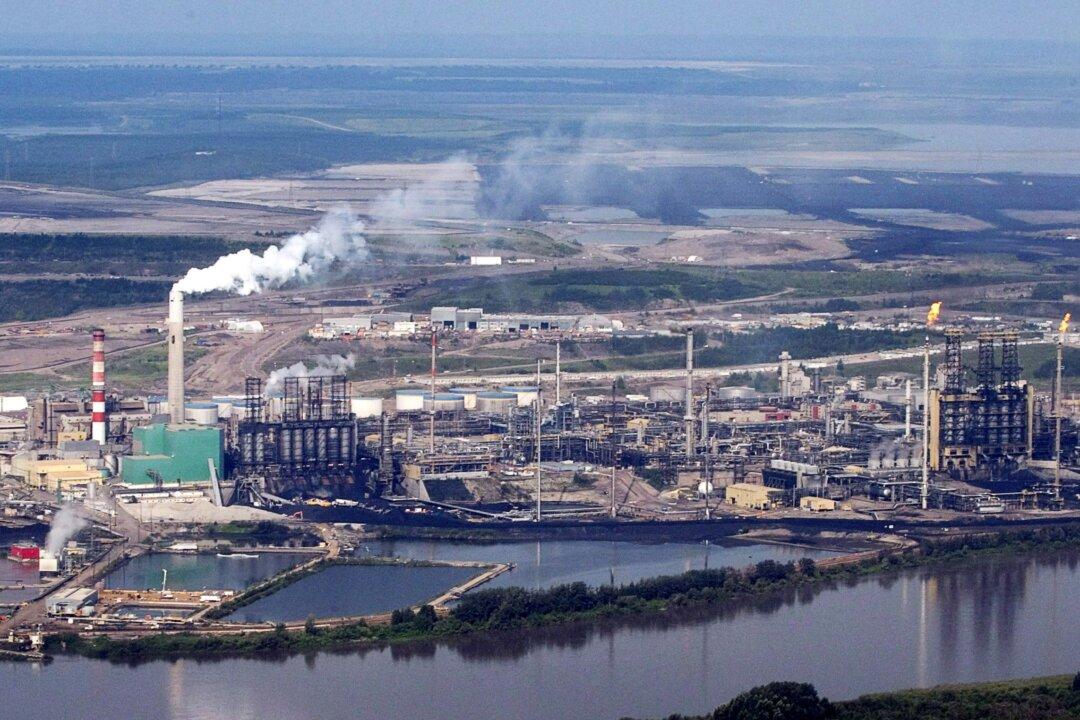Alberta boasted a 7 percent increase in marketable natural gas in 2022, reaching the highest production level since 2010, according to the latest report from the Alberta Energy Regulator.
The 2023 Alberta Energy Report was published June 27, and provides independent information on the state of reserves and the supply and demand outlook for the province’s energy resources, including crude bitumen, crude oil, natural gas, natural gas liquids, coal, and emerging resources like lithium.





